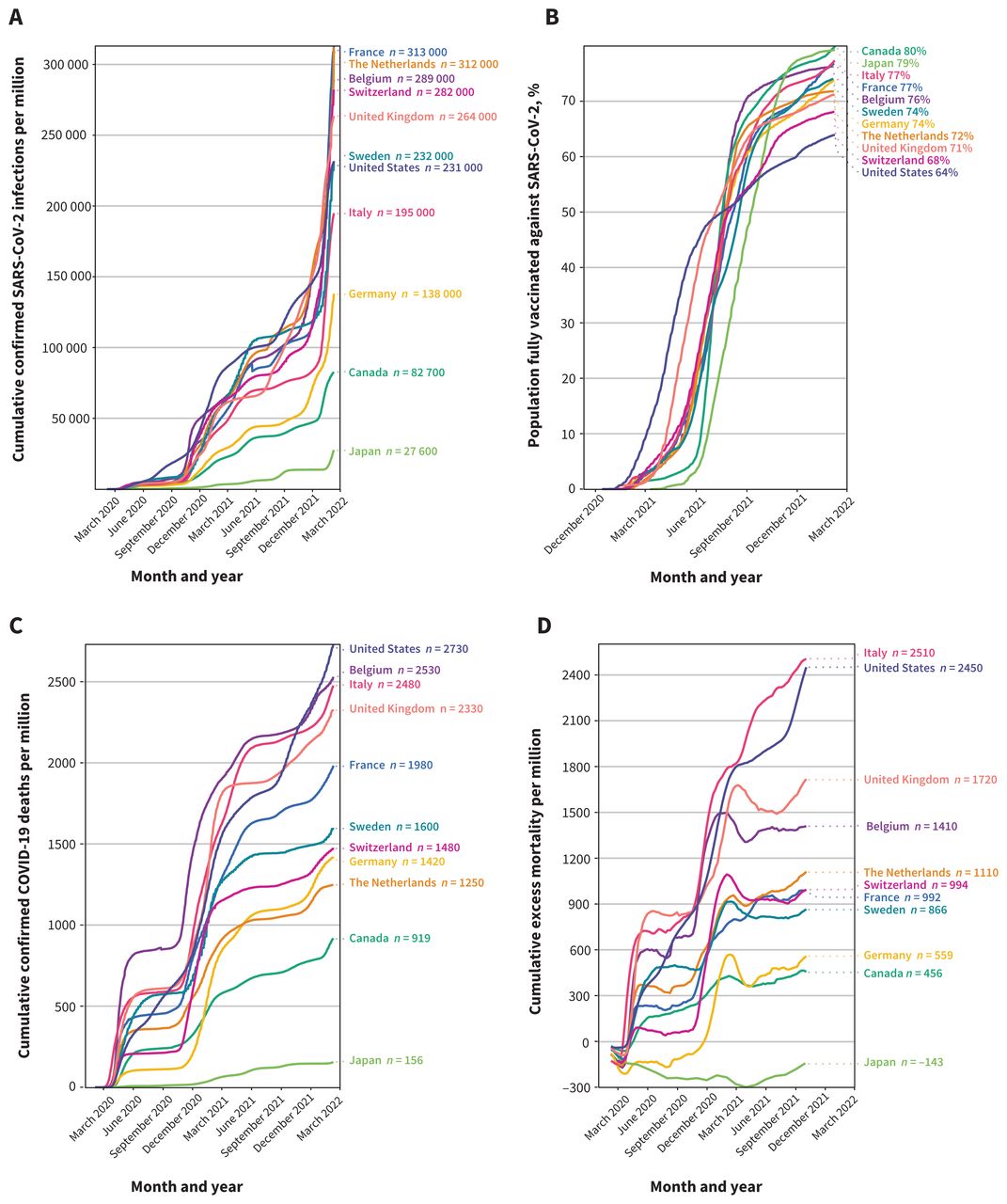Construction unions complicit in Ontario's devastating COVID-19 third wave
https://www.wsws.org/en/articles/2021/05/29/onco-m29.html
"Workers in Ontario's construction industry and related trades are being sacrificed to COVID-19 in order to keep profits flowing in Canada's speculative real estate frenzy. Home prices have surged 35 percent in Canada's most populous province just in the past year..."




 COVID-19 pandemic in 2020, leading to several investigations, including one by the coroner’s office.
COVID-19 pandemic in 2020, leading to several investigations, including one by the coroner’s office.